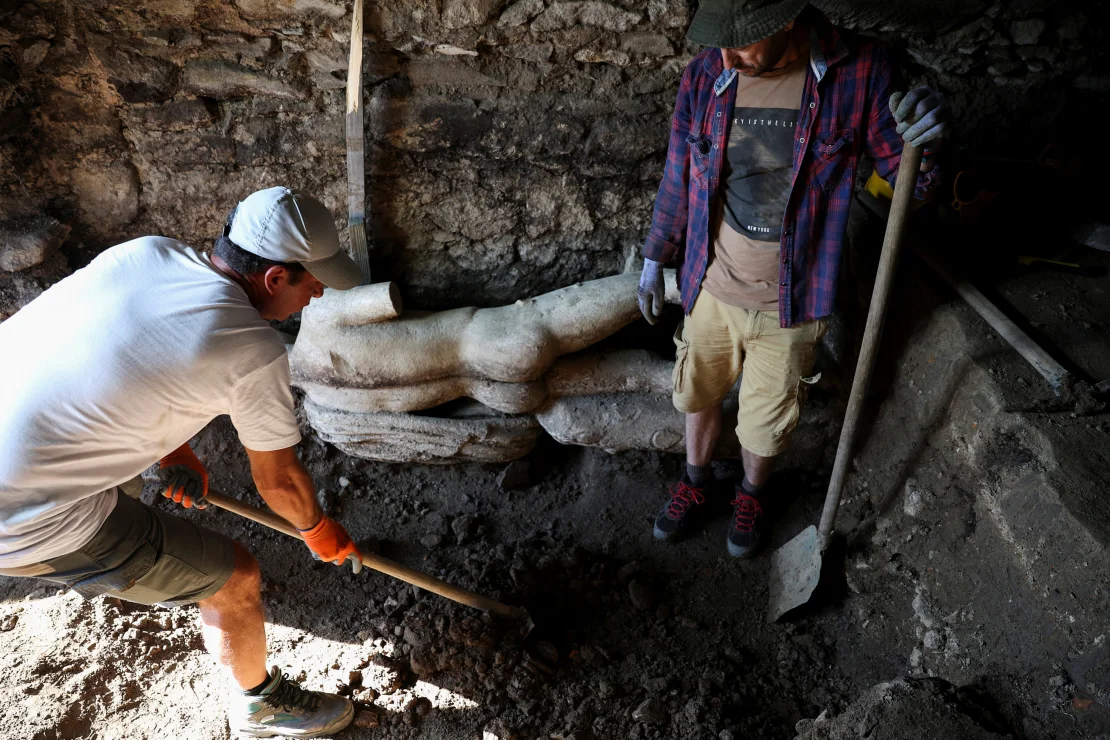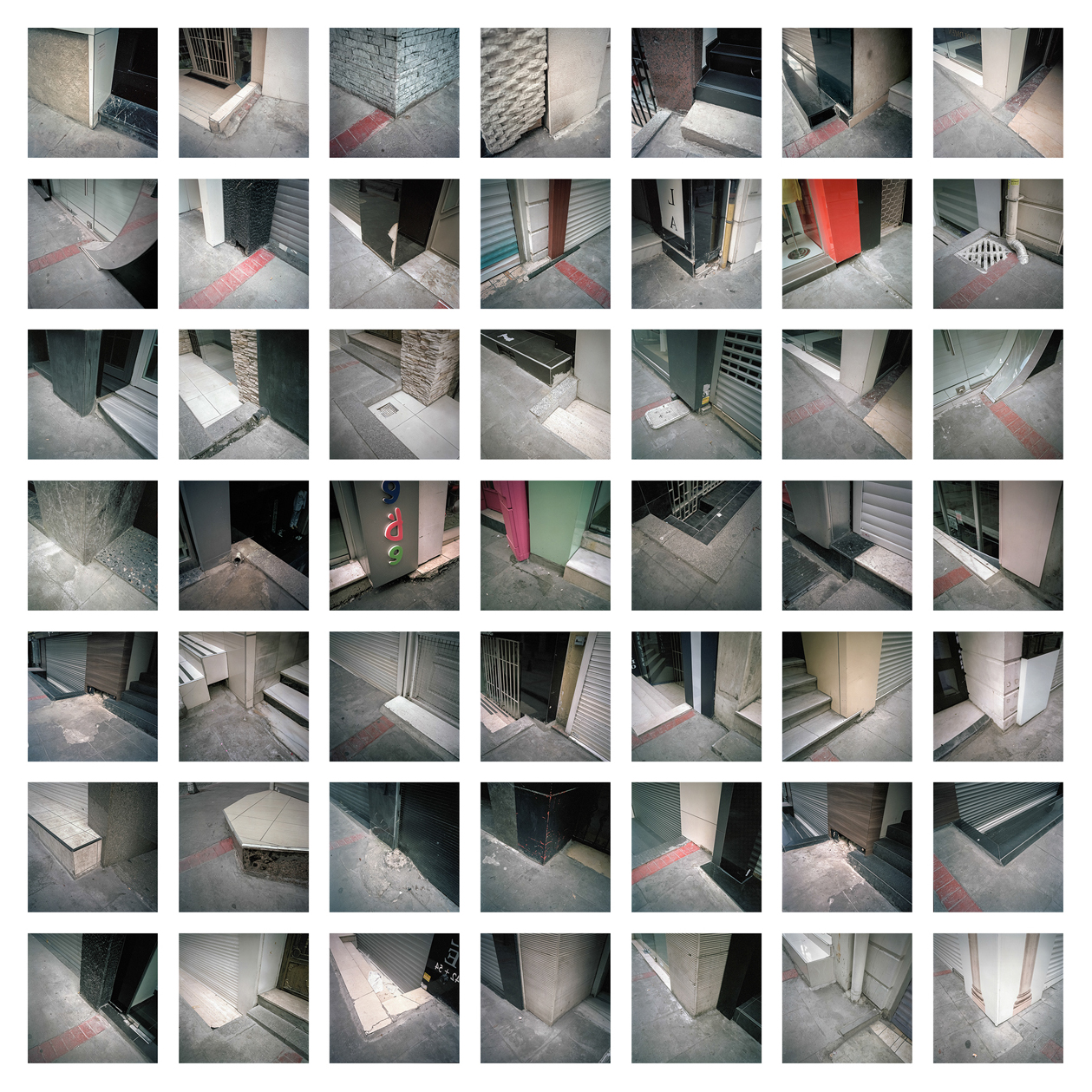In an extraordinary find, Bulgarian archaeologists have uncovered a well-preserved marble statue of the Greek god Hermes during an excavation in an ancient Roman sewer. The remarkable 6.8-foot (2-meter) statue was discovered at the site of Heraclea Sintica, an ancient city in southwestern Bulgaria near the Greek border.
The statue, which dates back to around A.D. 388, was found in excellent condition, with its head intact and only minor fractures on the hands. According to Lyudmil Vagalinski, the lead archaeologist, the statue is a Roman copy of an ancient Greek original.
Heraclea Sintica, founded by Philip II of Macedon between 356 B.C. and 339 B.C., was devastated by an earthquake in the late 4th century A.D. In the aftermath, residents placed the Hermes statue in the sewers and covered it with soil, preserving it for centuries.

Despite the rise of Christianity and the decline of paganism, the people of Heraclea Sintica evidently sought to protect their cultural heritage. “Everything pagan was forbidden, and they have joined the new ideology, but apparently they took care of their old deities,” Vagalinski explained.
The city of Heraclea Sintica experienced a rapid decline following the earthquake and was abandoned by A.D. 500. The discovery of the Hermes statue offers a unique glimpse into the city’s rich history and the reverence its inhabitants had for their ancient gods, even in the face of changing religious tides.







